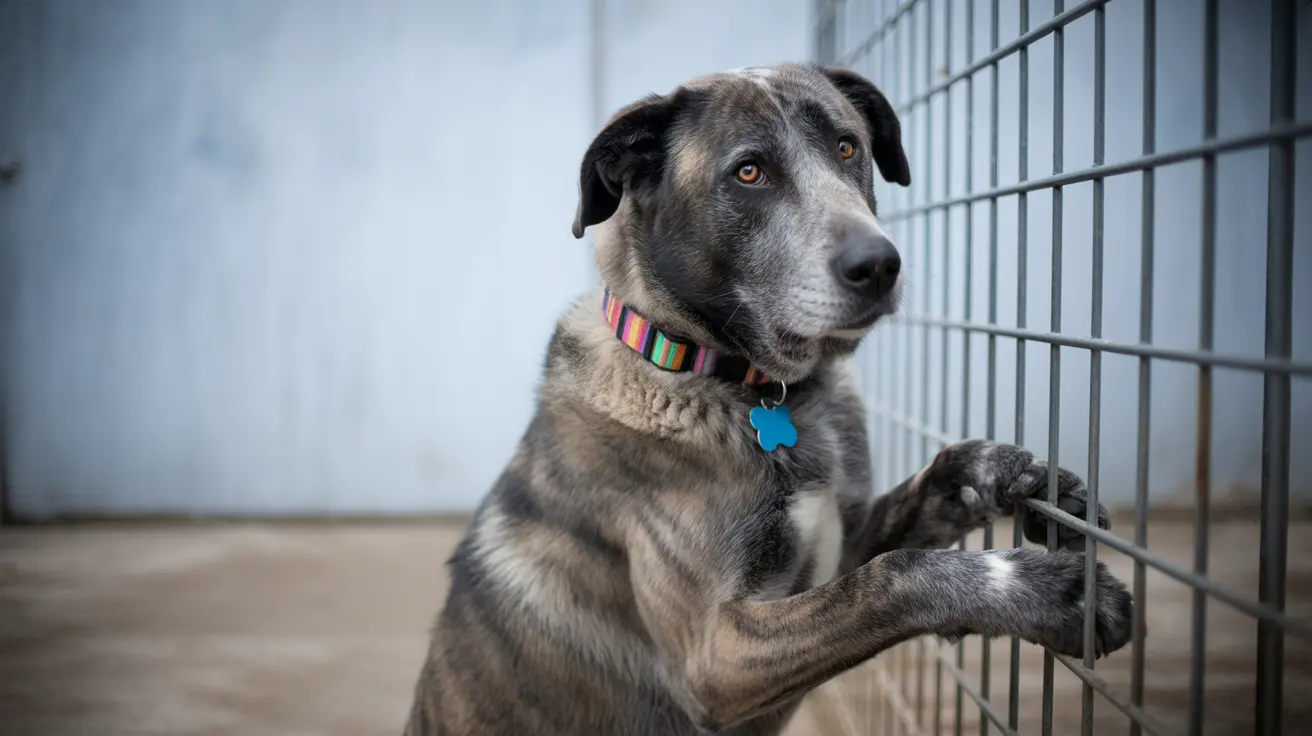What Information Should Be on a Dog Tag?
When it comes to keeping your furry friend safe, nothing beats the simple effectiveness of a well-made dog tag. If your pet ever gets lost, that little piece of metal (or plastic) dangling from their collar is often the fastest way for someone to get them home. But what exactly should you engrave on it? There are some must-haves and a few optional details that can make all the difference.
Essential Details for Every Dog Tag
The main goal of a dog tag is to provide clear, up-to-date contact information so anyone who finds your pet can reach you quickly. Here’s what you should consider including:
- Primary Phone Number: This is non-negotiable. A cell phone number is best since you’re more likely to answer quickly. Some owners add multiple numbers (home, work, family member) for extra security.
- Owner’s Name: Including your name helps make sure the right person is contacted. It also reassures finders that the animal has a caring owner.
- Pet’s Name (Optional): Some people leave this off for security reasons; others include it so strangers can calm their pet by calling its name.
- Address: Depending on where you live, adding an address—or at least city and state—can help with local returns. In some countries like the UK, this is legally required.
- Medical Needs: If your pet requires medication or has health issues, add something like “needs meds” or “requires medication.” This signals urgency and encourages prompt action.
- Microchip Status: If your pet is chipped, indicate this with “microchipped” or “chipped.” It tells finders that a vet or shelter can scan for more info if needed.
Other Useful Additions
- Email Address: Good as an alternative but not as the main contact method.
- Registration or License Number: In areas with mandatory registration, this may be required by law.
- Reward Offer or Message: Simple phrases like “If found, please call” or “Reward if found” can motivate quick contact.
- Social Media Handle: Only include if you monitor it regularly and are comfortable sharing publicly—but never in place of a phone number.
You don’t have unlimited space—most tags fit two to four lines—so prioritize what helps most in getting your pet home safely. For small pets with tiny tags (cats or toy breeds), be even more selective: clarity trumps quantity every time.
Tactical Tips for Tag Design
- Use High-Quality Materials: Stainless steel and brass last longer than plastic or aluminum; they’re less likely to break or become unreadable over time.
- Select Secure Attachment Methods: Hanging tags are easy to add but can fall off; slide-on tags are more secure but only fit certain collars.
- Add Tag Silencers/Covers: If noise bothers you (or your dog), these accessories cut down on jingling without hiding important info.
- Create Redundancy: Some owners use two tags—one for main contacts and another for medical needs or reward info—just in case one falls off or becomes damaged.
The Legal Angle: What’s Required?
Laws vary widely by country and region. In the United States, most states recommend at least a phone number and sometimes require rabies vaccination or registration numbers. The United Kingdom mandates both owner’s name and address on every dog tag; Denmark, Norway, and Ireland have similar laws. Always check local regulations before ordering new tags—you don’t want to miss something essential!
If You’re Military: Special Requirements
The classic military dog tag includes service member’s full name, service/Social Security number, blood type, religious preference—and sometimes medical alerts or allergies. Two identical tags are issued so one stays with the body if necessary while another goes to records in emergencies. Other countries follow similar formats but may require different details; always verify with official sources if you need military identification tags.
The Role of Technology: High-Tech Tags & Trackers
You might see QR code tags or USB-enabled options that link to digital profiles. While these offer extra features (like storing medical records), standard engraved text remains critical—anyone who finds your pet should be able to help without special equipment. GPS trackers and AirTags let you locate pets in real-time but don’t replace visible ID tags with contact details.
Permanence Matters: Microchips & Backups
A microchip is invaluable as backup identification—it can’t fall off—but it requires a scanner at a vet clinic or shelter. Make sure your chip registration is always up-to-date! Tattoos are another permanent option but aren’t as widely used today. For best protection, combine an engraved tag with a microchip (and keep both current).
The Bottom Line: Keep It Simple & Updated
- Your primary phone number is absolutely essential—never skip it!
- Add owner’s name and address if required by law; otherwise focus on what makes return easiest where you live.
- If space allows: note medical needs and microchip status; consider secondary contacts for extra safety.
A legible tag with accurate info is one of the smallest investments you’ll ever make—but its value when your pet goes missing is huge. Don’t forget to update both tag and microchip whenever your details change!





